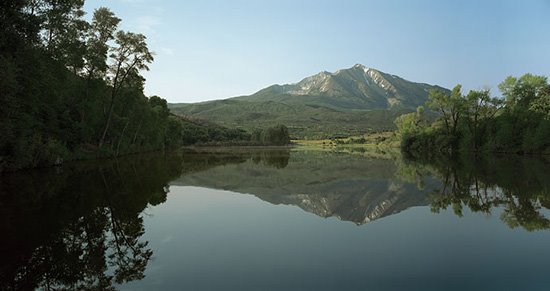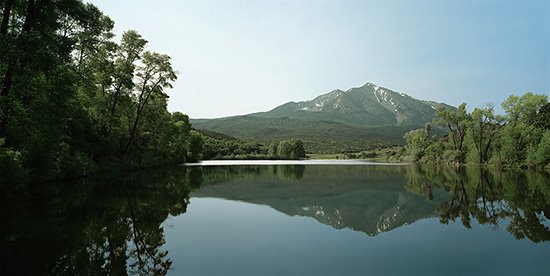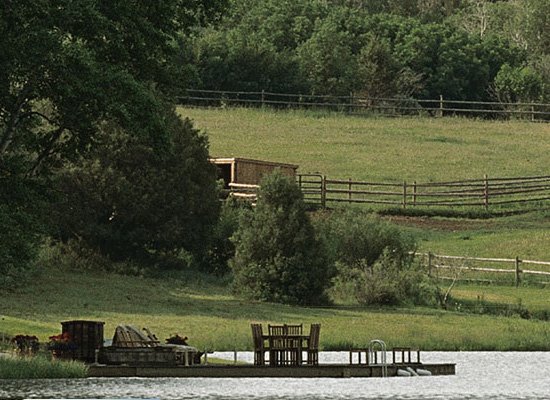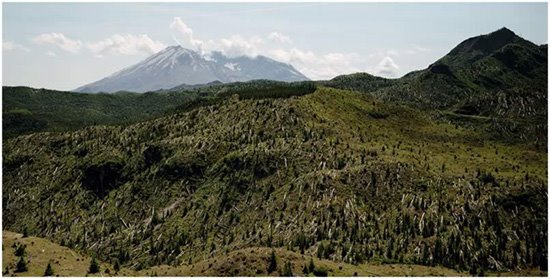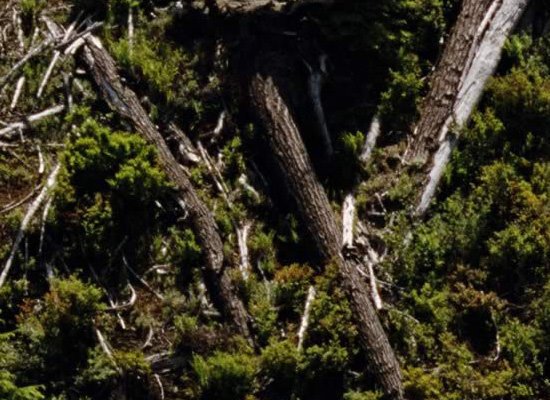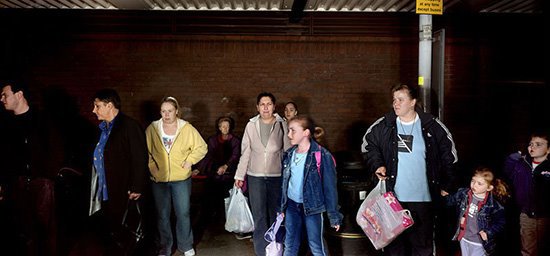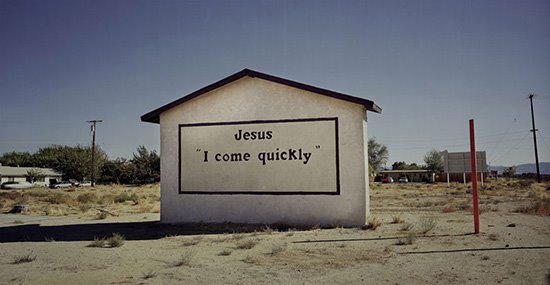
Clifford Ross, HARMONIUM MOUNTAIN I, Archival Pigment Print 70 3/4 x 203" (framed quadriptych) 2008, Archival Pigment Print 42 3/4 x 93 7/8" (frame) 2008, Archival Pigment Print 26 1/4 x 54 3/4" (frame) 2008
Recently Jorg Colberg wrote a post in reference the use of various mediums and photography. Colberg argues intelligently that sometimes photographers confuse the format choice for actual content in photography. In his original post he argues:
Using a so-called toy camera, for example, doesn't automatically produce a great photo. A light leak or a soft lens might contribute to what makes a particularly photo good, but that doesn't mean that if you buy a Diana camera (which are now in production again and sold for way too much money - seriously, if you want one buy a vintage one on Ebay) you're guaranteed good photos.The same is true for large-format cameras. There almost is a cult of large-format photography out there. It's true, large-format cameras can lead to very spectacular results, but using a large-format camera is no guarantee for that.
Or take vintage/alternative photography processes, many of which are notoriously hard to use. But as before, using a wet-plate collodion-type process (or whatever that might be called) does not guarantee good photographs.
The medium a photographer uses does not grantee quality artwork and this conversation reminded me of a lecture my professor of last semester, Philip Perkis (book) gave to the class. In the short lecture, Perkis, strongly urged the class to stick to a particular medium; that is find the medium that you like best and stay with it learn it inside out use it all the time. He even went so far to argue against the zoom lens. After Perkis's lecture I kept thinking about his arguments while I was looking at established artists in the New York galleries and museums and on the whole the majority of the shows the medium of the photographer what integral to their style.
Colberg brings up Gursky and an example of a photographer who:
produces equally large and involved images (please don't email me to start arguments about whether or not those are "Gigapixel" or "What-have-you-pixel"!), using Photoshop (or whatever else), but whose images are vastly more interesting. Seriously.
I think part of Gursky's strength flows from his evolutionary track. Andreas Gursky uses a large format 5x7 camera and has learn over the years what the world looks like through this particular view. Gursky found a format that suited him and committed to it.
A photographer does not have to work in the same format their whole life but Clifford Ross's scattershot approach lead to the flop of his most recent exhibition Mountain Redux. I really enjoyed his previous work for the Hurricanes and then the Mountain work with his new R1 Camera. Part of what I really enjoyed with Clifford Ross's R1 camera and the Mountain series is described by Peter Galassi in his introduction to Andreas Gurski's Book (MoMA 2001):
A small picture is illegible except from near at hand, but a large one may be viewed from a distance and then by degrees more closely. This range of regard is an old story for painting, but it became familiar to photography only recently. Many artists have treated it with indifference, making big pictures whose imagery, as we approach, simply dissolves into the unlovely industrial material of photographic paper. Some of Gursky's largest productions, sacrificing precision of detail to grandeur of effect, do suffer slightly at close range. Most of his pictures, however, offer a continuous reward from very far to reasonably near, as the macrocosm reveals its microcosmic structure.
Clifford Ross made a successful first crack at exploration this relationship that larger photograph can have with the viewer. But in moving from his R1 camera into remixing these images into "Harmoniums" through the use of 3d software and a lot of computer power I believe he is loosing the original qualities that I enjoyed in the original Mountain Series.

